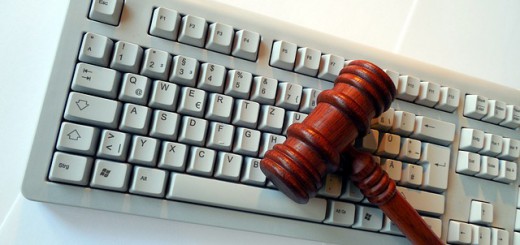From the transforming discovery of penicillin to the theories of relativity and quantum mechanics, science progressed with mind-boggling speed even before there were computers. Much of this is down to the robustness of the scientific method: scientific results are validated by being replicated and extended by other scientists.Seguir leyendo...
But the way we do science is changing – we now rely increasingly on complex computer models to understand nature. And it turns out that these models can be nearly impossible to reproduce – meaning an important touchstone of science is being challenged. So what are the real-world repercussions of this change and what can we do about it?
Pre-modern science – known as “natural philosophy” – was empirical. Empirical science uses past observations to make predictions about the future, which may then be tested. Tycho Brahe, a 16th-century Danish astronomer, managed to make accurate and comprehensive observations of the heavens in this way.
Modern science, however, is theoretical. Theoretical science also makes predictions, but it derives them from mathematical models rather than from prior observations. Think of Isaac Newton’s laws of motion, such as the inverse square law of gravitation.
For example, there is an equation describing the orbit of the Earth around the sun. This equation can be used to build a computer model into which you can just plug certain variables and see how the solution changes. You could just plug in a future date and read off the position of the Earth at that date. You could also use the same program to model other planetary systems – it’s all based on the same mathematics. All you have to do is plug in different masses and various other properties of the bodies involved.
Such mathematical equations are great when they are available – but often they are not. For example, we know that there is no simple equation that solves the so-called “three-body problem”, which describes three bodies orbiting around and influencing each other by gravitational forces – like the moon, Earth and sun.
Much of current science deals with even more complicated systems, and similarly lacks exact solutions. Such models have to be “computational” – describing how a system changes from one instant to the next. But there is no way to determine the exact state at some time in the future other than by “simulating” its evolution in this way. Weather forecasting is a familiar example; until the advent of computers in the 1950s, it was impossible to predict futur
Current science typically consists of devising a mathematical model that describes a complicated system, then turning this into a computational simulation, and running the simulation to make predictions in order to validate the model.
Modelling is used across scientific fields – ranging from astrophysics and climate prediction to bioinformatics and economics. But there is increasing debate about the fact that this science is difficult to validate through reproduction.
"La principal virtud de la democracia es que deja obsoleta la revolución"
"La revolución consiste en imponer tu fantasía política a todos los demás"
"Los científicos deberían ir a donde les lleve su ciencia, no sus ideas políticas"
"Pensar suele reducirse a inventar razones para dudar de lo evidente"
"No es una de las dos Españas la que nos hiela el corazón, sino la atroz semejanza entre quienes creen que hay dos"
diumenge, 3 d’abril del 2016
Crece el debate sobre la fiabilidad científica de los modelos informáticos complejos
Subscriure's a:
Comentaris del missatge (Atom)

Cap comentari:
Publica un comentari a l'entrada
Nota: Només un membre d'aquest blog pot publicar entrades.